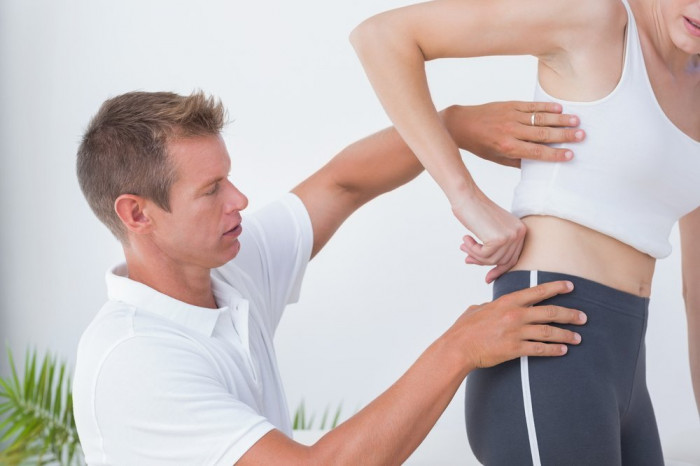How do tight hip flexors play a role in back pain
The link between tight or shortened hip flexor muscles and back pain is often misunderstood or completely overlooked.
It is important to understand that the source of back pain is almost always coming from the structures of the lower back. However, the underlying cause, especially in chronic back pain sufferers is almost always due to other areas of the body being tight and being weak which compromises the lower back and the way that chronic sufferer uses their back.
Let's take a closer look at some of the sources of back pain:
- Tightened, restricted lower back muscles
- Restricted joints such as facet joints and sacroiliac joints.
- Intervertebral disc derived Inflammation
- Solidified connective tissue
As you will note, all of the sources listed above are structures in the lower back region which makes complete sense as there is a direct link between the source of the pain and the area where the patient feels the pain. As mentioned above, the source of back pain and the underlying cause are two very different things, and this is where it becomes complicated for people to understand.
Now let’s take a closer look at the underlying cause of chronic back pain and how the hip flexors play a major role in it:
- Weak posterior muscles; gluteus maximus, hamstrings, adductors
- Tight anterior muscles; quadriceps, hips flexor, iliopsoas
Weakened posterior muscles that are supposed to support us in an upright position, cause us to compensate by placing more of our body weight forward of our midline. What this does is overload our anterior muscles, causing them to become more dominate, tight and restricted.
The hips flexors are at the front of the hip, crossing over the hip joint, originating on the spine and inserting onto the femur (upper leg bone). With weakened posterior muscles, the hip flexor muscles take most of the person's body weight when standing, walking, let alone during physical activity. As a result, the hip flexor muscle group becomes shorter which combined with having weakened (lengthened) posterior muscles creates a downward force on the entire pelvis.
This combination between weak posterior muscles and tight anterior muscles creates what is referred to as an anterior pelvic tilt. With the pelvis tilting down or forward, the curves of the spine must compensate in order to maintain a level eyeline.
This creates an excessive lordotic lumbar curve which in turn compromises the structures of the lower back; lower back muscles, joints, discs, connective tissues.
Whilst it is important to note that the source of pain comes from the lower back, it is imperative to understand that the true underlying cause of lower back pain comes from postural imbalances due to lack of muscular symmetry. The hip flexor muscles are one of the chief culprits that pull the pelvis in a position that compromises the lower back structures, in turn causing tension and restriction that results in pain.
Back Solution across America has a proven record with acute and chronic back pain sufferers exceeding in excellence across the country. We have treated thousands of patients that range from Olympic athletes, professional athletes as well as everyday pain sufferers. Our rapid growth across the country will ensure a local clinic will be in your area soon to address you acute and chronic back pain.

